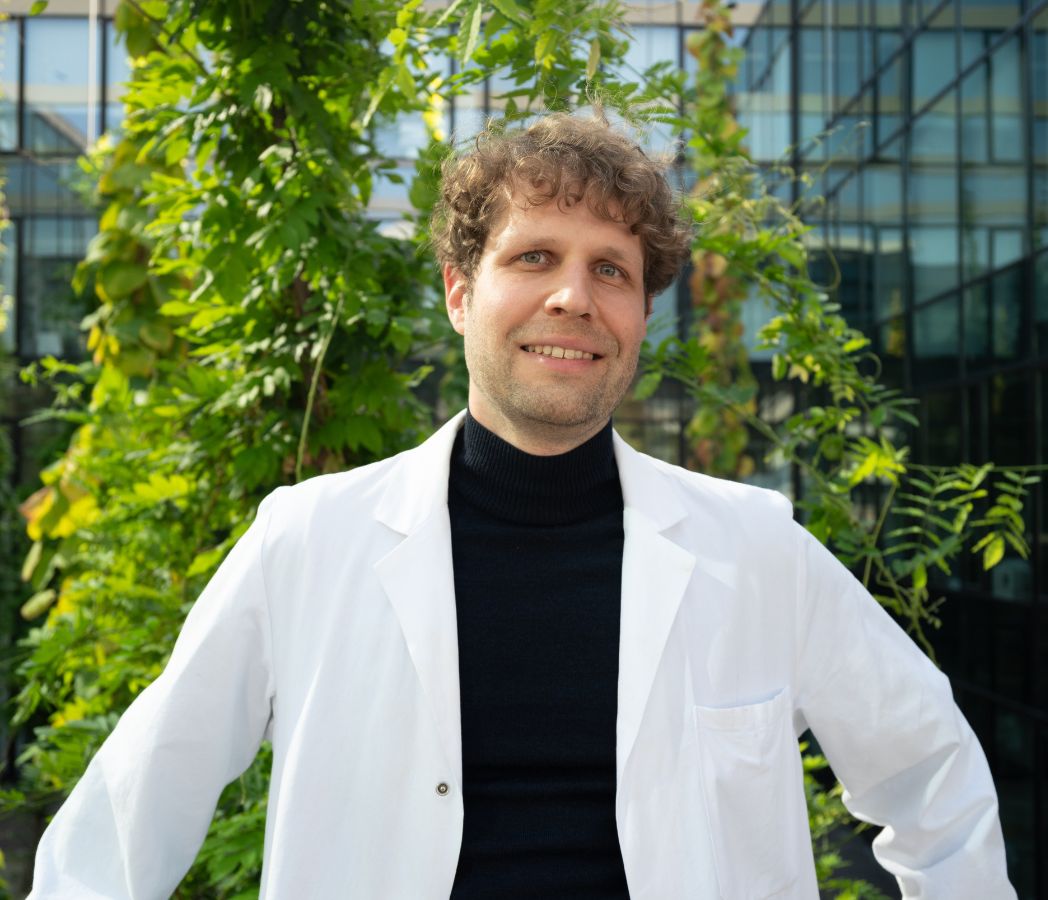How the innate immune system helps fight corona in young children

Young children and especially infants are considered to be particularly vulnerable. Recent results of a German-American study show that this group in particular has a much longer lasting antibody response to COVID-19 infection than compared to adults. Under the direction of Dr. Florian Wimmers of the University of Tübingen, blood and weekly nasal samples from more than 50 children between the ages of one and 47 months with a COVID-19 infection were examined within the study and compared with those of adults. The researchers used high-resolution and AI-assisted methods for their analyses. While antibody levels in adults typically peak after 40-50 days and then begin to decline, they were still at a constant level in the infants after 300 days. However, the amount of antibodies in infants and toddlers was lower than in adults, as was the T-cell response.
Instead, the researchers observed an unexpectedly strong immune response from the innate immune system, especially in the nose. The innate immune system protects us from germs and foreign bodies from birth and can fight disease without prior training from infection or vaccination. These protective barriers include, for example, our skin or mucous membranes, as well as special immune cells such as white blood cells.
"Our study clearly shows the interplay between innate immune system and extensive immune activity in the nose of infants. The strong immune response in the nose could contain infections at an early stage and prevent their penetration into the lower respiratory tract, which in turn then leads to milder disease courses," explains Dr. Wimmers.
"The robust antibody response observed, coupled with the absence of severe symptoms, may indicate a potential alternative pathway of immune activation that could be used for the development of innovative vaccines in the future," he continues. However, further studies would have to show this, adds the Tübingen immunologist.
In addition to Dr. Wimmers, the study was led by Prof. Bali Pulendran and his lab at Stanford University with major support from Cincinnati Children's Hospital Medical Center, where the infants were treated.
The study was supported in part by the National Institute of Allergy and Infectious Diseases of the National Institutes of Health under award numbers [specific NIH grant number(s) in this format: R01GM987654]. The content is solely the responsibility of the authors and does not necessarily represent the official views of the National Institutes of Health.
Publication: "Multi-omics analysis of mucosal and systematic immunity to SARS-CoV-2 after birth" https://doi.org/10.1016/j.cell.2023.08.044
